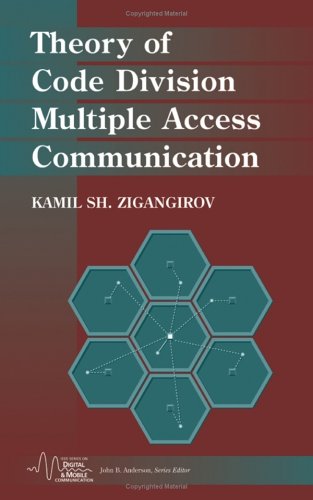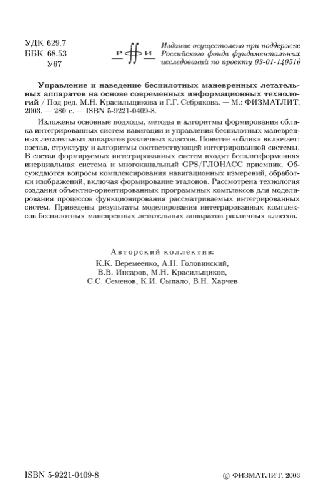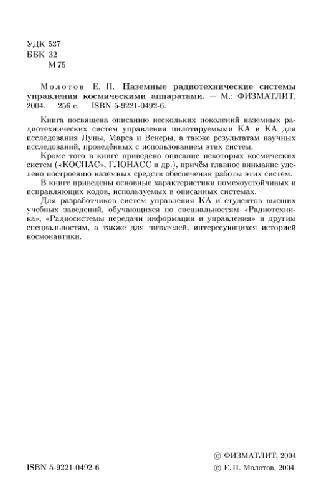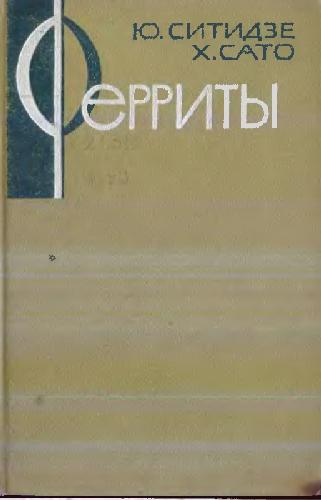Kamil Sh. Zigangirov9780471457121, 0471457124
Table of contents :
Team DDU……Page 1
CONTENTS……Page 8
Preface……Page 12
1 1 CellularMobile Radio Systems……Page 14
1 2 Frequency Division and Time Division Multiple Access……Page 17
1 3 Direct Sequence CDMA……Page 20
1 4 Frequency-Hopped CDMA……Page 30
1 5 Pulse Position-Hopped CDMA……Page 36
1 6 Organization of the Text……Page 41
Problems……Page 44
2 Introduction to Spread Spectrum Communication Systems……Page 49
2 1 Modulation Formats for SS Communication……Page 50
2 2 Correlation and Spectral Properties of Modulated Signals……Page 63
2 3 Generation of DS SS Signals……Page 68
2 4 Frequency-Hopped SS Signals……Page 78
2 5 Pulse Position-Hopped SS Signals……Page 82
2 6 Orthogonal and Quasi-Orthogonal Expansions of SS Signals……Page 86
2 7 Comments……Page 94
Problems……Page 95
3 1 Problem Formulation……Page 99
3 2 Neyman¨CPearson Hypothesis Testing Concept……Page 102
3 3 Coherent Reception of DS CDMA Signals (Uplink Transmission)……Page 113
3 4 Coherent Reception of DS CDMA Signals (Downlink Transmission)……Page 121
3 5 Reception of DS DPSK SS Signals……Page 126
3 6 Reception of FH SS Signals……Page 131
3 7 Reception of PPH SS Signals……Page 139
Problems……Page 146
4 1 Introduction to Block Coding……Page 150
4 2 First-Order Reed¨CMuller Code……Page 156
4 3 Noncoherent Reception of Encoded DS CDMA Signals……Page 162
4 4 Introduction to Convolutional Coding……Page 168
4 5 Convolutional Coding in DS CDMA Systems……Page 175
4 6 Orthogonal Convolutional Codes……Page 180
4 7 Coding in FH and PPH CDMA Systems……Page 184
4 8 Concatenated Codes in CDMA Systems……Page 189
Problems……Page 194
5 1 Statistical Models of Multipath Fading……Page 199
5 2 Coherent Reception of Faded Signals……Page 203
5 3 Forward Transmission over a Multipath Faded Channel in a DS CDMA System……Page 210
5 4 Reverse Transmission over a Multipath Faded Channel in a DS CDMA System……Page 218
5 5 Interleaving for a Rayleigh Channel……Page 227
5 6 FH SS Communication over Rayleigh Faded Channels……Page 232
5 7 Comments……Page 235
Problems……Page 236
6 1 Pseudorandom Sequences and Signals……Page 242
6 2 Finite-Field Arithmetic……Page 246
6 3 Maximum-Length Linear Shift Registers……Page 250
6 4 Randomness Properties of Maximal-Length Sequences……Page 254
6 5 Generating Pseudorandom Signals (Pseudonoise) from Pseudorandom Sequences……Page 257
6 6 Other Sets of Spreading Sequences……Page 260
6 7 Comments……Page 264
Problems……Page 265
7 Synchronization of Pseudorandom Signals……Page 268
7 1 Hypothesis Testing in the Acquisition Process……Page 269
7 2 Performance of the Hypothesis Testing Device……Page 276
7 3 The Acquisition Procedure……Page 283
7 4 Modifications of the Acquisition Procedure……Page 288
7 5 Time Tracking of SS Signals……Page 297
7 6 Coherent Reception of Uplink Transmitted Signals in the DS CDMA System……Page 303
Problems……Page 309
8 Information-Theoretical Aspects of CDMA Communications……Page 313
8 1 Shannon Capacity of DS CDMA Systems……Page 314
8 2 Reliability Functions……Page 322
8 3 Capacity of FH CDMA Systems……Page 330
8 4 Uplink Multiple-Access Channels……Page 336
8 5 Downlink Multiple-Access Channels……Page 344
8 6 Multiuser Communication in the Rayleigh Fading Channels……Page 345
Problems……Page 353
9 CDMA Cellular Networks……Page 355
9 1 General Aspects of CDMA Cellular Networks……Page 356
9 2 Other-Cell Relative Interference Factors……Page 358
9 3 Handoff Strategies……Page 363
9 4 Power Control……Page 366
9 5 Erlang Capacity of CDMA System……Page 372
9 6 Interference Cancellation in the Reverse Link of the DS CDMA System……Page 376
9 7 User Coordination in the Forward Link of the DS CDMA System……Page 380
9 8 Third-Generation Wireless Cellular Networks……Page 390
Problems……Page 393
Appendix A: Analysis of the Moments of the Decision Statistics for the FH CDMA Communication System……Page 398
Bibliography……Page 403
Index……Page 408







Reviews
There are no reviews yet.